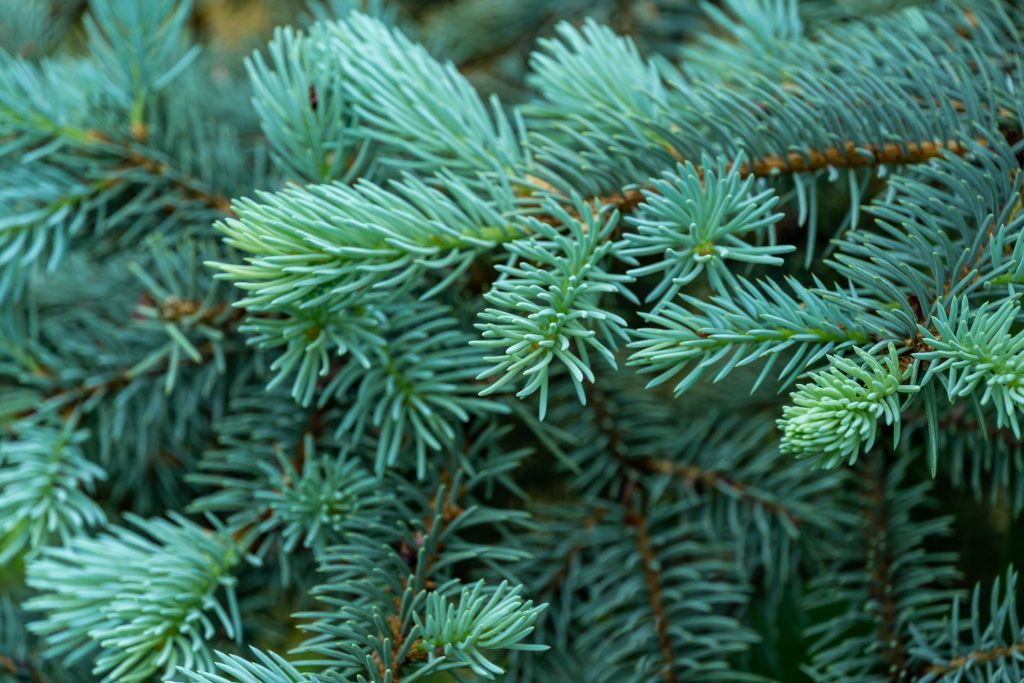Blog, Home Gardening Tips, Home Tree Care, Plant Health Care
Keep Your Evergreens Green
It may seem basic; evergreens are always green. That’s why they’re called “evergreens.” But that’s not always the case as evergreens can turn brown, usually in one or two areas and then turn progressively brown. This can be traced to a number of causes, including a variety of diseases, pest infestations, lack of water, or severe heat and sun. But during the winter months, this browning is most often due to winter burn.
What Is Winter Burn?
Evergreens suffering from winter burn turn brown or a reddish brown in some areas, with the brown areas feeling brittle and dry to the touch. The condition can be fatal to an evergreen as it’s a symptom of the tree dealing with a lack of moisture. Winter burn in evergreens is usually caused by one or more of the following:
- Low soil moisture
- Harsh, heavy high winds
- Prolonged freezing temperatures
In short, winter burn is the killing of a portion – or in extreme cases, all – of an evergreen tree. This is because while deciduous trees drop their leaves in the fall and essentially go dormant during cold weather, evergreens do not fall into a dormant state during the winter and require moisture even in the low temperatures which are the norm in the Midwest and the northern United States. While they do not require an extremely large amount of water, they must have a minimal amount of moisture to remain healthy.
How To Prevent Winter Burn
While winter burn is a threat to evergreens, with a little preparation and effort, it can be prevented.
Recognizing that a lack of moisture is the cause of winter burn in evergreens, it’s important to get water into the soil around your evergreens before the arrival of extremely cold temperatures.
With this in mind, water your evergreens frequently before the ground freezes. Get the soil moist, deep below the surface where the tree’s root system is located. Next, help keep that moisture in the soil by putting three to four inches of mulch on the ground surrounding each evergreen.
In areas with frequent high winds, wrapping evergreens in burlap can minimize the drying effects strong winds can have on evergreens. Remember, humidity is low in the winter months, which means the combination of strong winds and low moisture content in the air can rapidly pull the moisture out of even healthy evergreens. You may also consider using an anti-desiccant spray to help evergreens retain their moisture.
Prevent Winter Burn And See The Benefits In The Spring
Taking these steps to protect your evergreens from winter burn will help your trees survive even a harsh, cold and prolonged winter. Prevention also means your evergreens will spend the spring and summer months growing and gaining strength, rather than recovering from the trauma of winter burn. This means your evergreens will grow taller and look fuller than if they had been damaged by winter burn.
Need Help Preventing Winter Burn? Call Hansen’s Tree Service Today!
Our certified arborists are experts at assessing the threats your evergreens – and other trees – will face during the harsh winter months. And our team has saved countless evergreens from damage associated with winter burn for more than 30 years.
Contact us today and let our insured, experienced professionals take care of all your tree-related needs!
